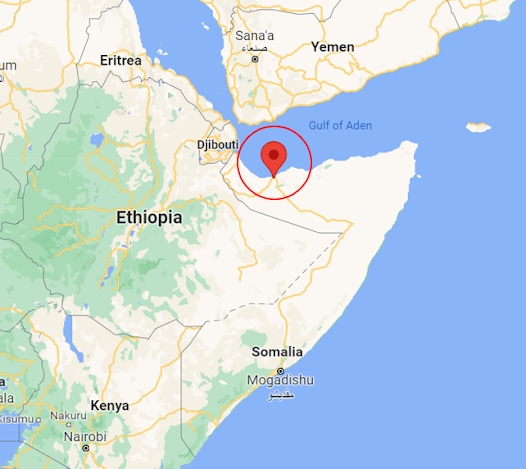Integrated Water Resource Management: Balancing Demands & Ensuring Food Security in South Africa
In last week's blog we touched upon the importance of considering competing demands in freshwater provision within the context of virtual water trade. Here, I will explore the ways in such demands have been balanced through Integrated Water Resource Management (IWRM) in South Africa whilst also ensuring food security.
Defining IWRM
First of all, what is IWRM? The most commonly used definition is that which was coined by the Global Water Partnership:
Since the 1992 World Summit on Sustainable Development, IWRM has been widely advocated as an effective means of managing river basins. According to the UN World Water Assessment Programme, successful implementation of IWRM is contingent on three pillars: an enabling environment, an institutional framework and management instruments (Figure 1).
 |
| Figure 1 The three pillars to successful IWRM. |
By bringing the needs of the physical environment into the broader socio-economic and political framework, IWRM accounts for the water cycle in its entirety and the interests of all water users, addressing both the natural and human dimensions of water. In the face of limited freshwater resources, competing uses and growing populations, IWRM is an effective means of managing freshwater resources in a holistic and comprehensive way. Improved harvesting, soil conservation and more efficient use of green water, particularly rainfall, all have potential to increase crop production and achieve food security.
In the
case of scarce water resource management, the UN recommends that nations form specialised programmes for drought
preparedness with an emphasis on food scarcity and water re-use in agriculture. As such, it is important that agriculture does not only provide food for increasing populations but
also saves water for other water users. An integrated
approach can satisfy these aims whilst improving food security for booming, rapidly urbanising populations,
especially in southern Africa.
South Africa
South Africa is a pertinent example of successful implementation of IWRM. It has been championed for its water reform following a “democratic dispensation” at the end of apartheid in 1994. Prior to this, monoculture, alongside the construction of dams, population growth and mining development, had put immense pressure on the nation’s finite water resources.
Integral to this reform was the abolition of riparian rights, making sustainability and equity key principles in water management and allocation, as well as the recognition that catchments (not administrative boundaries) are the basis for water resource management. This ensured both the socio-environmental and political dimensions of water were accounted for. In its water development goals, South Africa aims to realise a food trade surplus whilst ensuring all inhabitants have access to clean, running water at home. This not only evidences the inextricable link between water and food security but also highlights the value of an integrated approach in being able to consider and satisfy competing demands of all stakeholders.
The Future of IWRM in South Africa
Like anything, IWRM is not flawless. The development of laws, institutions and regulations needed to ensure its effective functioning is challenging due to the varying environmental, cultural, socio-economic and water demands of each region and country within a basin. Many important basins such as the Orange-Senqu span national borders and are home to staple subsistence and cash crops, such as maize (Figure 2). Transboundary cooperation will therefore become evermore crucial in ensuring equitable water access for the individuals and industries that rely so heavily on it.
Furthermore, it is important that inequitable access to data and fear of technology does not hamper the ability of certain socio-economic groups to partake in decision-making within IWRM. One of the ways this has been tackled in the past is through the provision of front-end systems. These are user-friendly and enable technically-inexperienced individuals to access information on centrally managed databases, ensuring they have the knowledge to confidently participate in decision-making. Ensuring these groups are not marginalised and excluded also ensures the equity and sustainability of IWRM.
 |
| Figure 2 Maize farming in the Orange-Senqu Basin, North-West South Africa. |
Moving forward, it is important to consider whether the current IWRM strategy in South Africa is still appropriate. However, one thing is clear: with South Africa's population growing at an annual rate of 1.3%, it is imperative that rising domestic and industrial demands do not take precedence over agriculture in its IWRM and thus threaten domestic food security.


The use of case study is again a good approach, and your referenceing is equally good. I would like to learn more about the lessons, especially the limitations/challenges of IWRM in practice. And the use of the figure wasn't clear, a sentence about its relevance will be helpful
ReplyDeleteThank you, Clement. I have now added a sentence that explicitly refers to the figure as well as some information on the limitations/challenges of IWRM in practice, including some of the ways they can be mitigated.
Delete